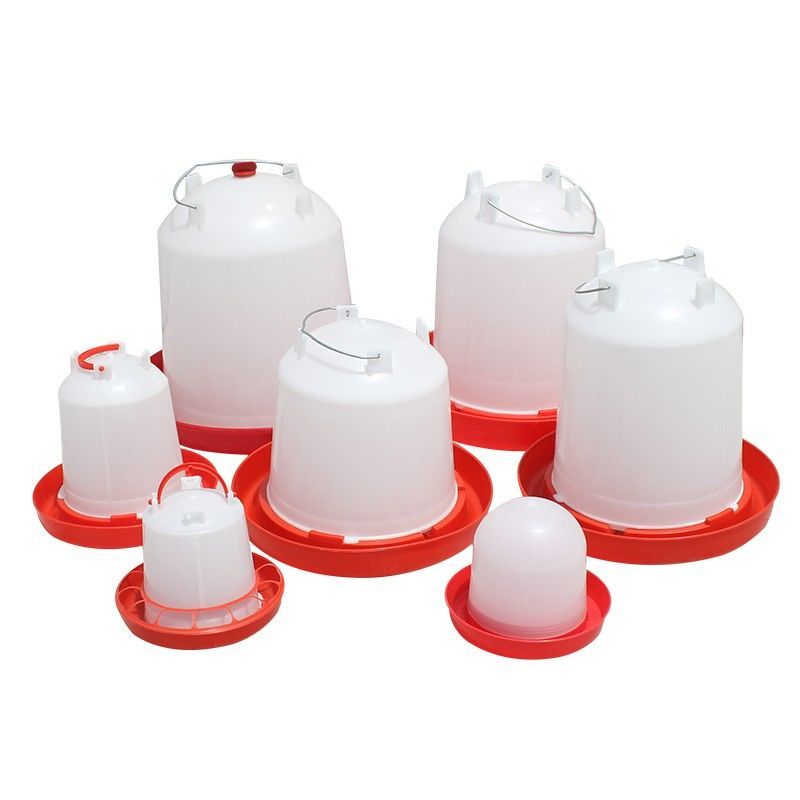Efficient Solutions for Mixing Cattle Feed for Optimal Nutrition and Livestock Health
Jul . 29, 2024 22:29 Back to list
Efficient Solutions for Mixing Cattle Feed for Optimal Nutrition and Livestock Health
The Importance of Cattle Feed Mixers in Modern Livestock Farming
In the realm of modern livestock farming, efficiency and nutrition quality are paramount. Cattle feed mixers play a crucial role in achieving these goals, revolutionizing how farmers prepare and distribute feed to their herds. As the demand for high-quality beef and dairy products continues to rise, the importance of using advanced equipment like cattle feed mixers cannot be overstated.
Cattle feed mixers are specialized machines designed to blend various types of feed ingredients into a well-balanced and nutritious mixture. These ingredients can include grains, forages, protein supplements, vitamins, and minerals. By ensuring that cattle receive a consistent and balanced diet, mixers contribute to the overall health and productivity of the livestock. This is vital in maximizing weight gain in beef cattle and enhancing milk production in dairy cows.
Precision and Consistency in Nutrition
One of the primary advantages of using a cattle feed mixer is the precision it offers. Traditional methods of feed preparation often involved manual mixing, which can lead to inconsistencies in the nutritional content provided to the animals. With the help of modern mixers, farmers can accurately measure and combine ingredients, ensuring that every batch of feed meets specific nutritional requirements. This precision not only promotes better health in cattle but also helps in preventing common nutritional deficiencies that can lead to decreased productivity.
Moreover, the consistency in feed quality that mixers provide contributes to more predictable outcomes in livestock production. When cattle receive a uniform diet, it leads to more consistent growth rates, improved feed conversion ratios, and ultimately, higher profitability for farmers.
Time and Labor Savings
cattle feed mixer

Cattle feed mixers also offer significant time and labor savings. In large-scale operations, preparing feed manually can be a labor-intensive and time-consuming process. Automated mixers can process large volumes of feed in a fraction of the time, allowing farmers to allocate their time and resources more efficiently. This efficiency is especially crucial during peak feeding times when farmers need to manage multiple tasks simultaneously.
Furthermore, automated systems can reduce the risk of human error in the mixing process. This not only enhances the quality of the feed but also minimizes the chance of accidental contamination or spoilage, ensuring that cattle receive the best possible feed.
Versatility and Customizability
Another critical benefit of cattle feed mixers is their versatility. Many mixers come equipped with adjustable settings that allow farmers to customize mixtures based on the specific needs of their cattle and the changing nutritional requirements throughout the year. For instance, during colder months, cattle may require more energy-dense feeds to maintain their body temperature. Conversely, during the warmer months, the focus may shift to maintaining hydration and promoting weight gain through higher fiber content.
Farmers can experiment with different feed formulations, monitor their herd's performance, and make adjustments as needed. This adaptability not only improves the overall health of the cattle but also helps farmers stay competitive in a rapidly changing market.
Conclusion
In conclusion, cattle feed mixers are indispensable tools in modern livestock farming. They promote precision and consistency in nutrition, save time and labor, and offer the versatility needed to adapt to the ever-changing needs of cattle. As farmers continue to seek ways to enhance productivity and sustainability, investing in advanced feed mixing technology is a forward-thinking step that will undoubtedly pay dividends in the long run. The efficiency and quality of feed preparation directly correlate with the health and productivity of cattle, making feed mixers a critical component of successful livestock farming.
-
Automatic Feeding Line System Pan Feeder Nipple Drinker|Anping County Yize Metal Products Co., Ltd.
NewsJul.30,2025
-
Automatic Feeding Line System - Anping Yize|Pan Feeder,Nipple Drinker
NewsJul.30,2025
-
Automatic Feeding Line System - Anping County Yize Metal Products Co., Ltd.|Pan Feeder, Nipple Drinker
NewsJul.30,2025
-
Automatic Feeding Line System-Poultry Farming|Chicken Feeding&Watering
NewsJul.30,2025
-
Automatic Feeding Line System - Anping County Yize Metal Products Co., Ltd.|Pan Feeder Nipple Drinker,Broiler Farming
NewsJul.30,2025
-
Automatic Feeding Line System Pan Feeder Nipple Drinker-Anping County Yize Metal Products Co., Ltd.
NewsJul.30,2025






